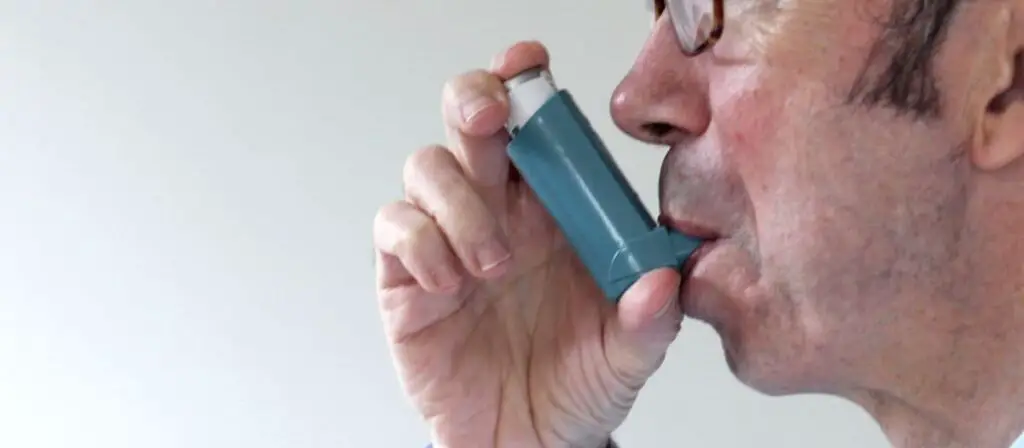The recent COVID-19 pandemic has shown us how vulnerable the world is to a virus. Unfortunately, during the pandemic, the death toll in the US is higher than that during the 1918 flu pandemic. However, we now have air purification with HEPA filtration which was developed in the 1940s. There is little doubt that this can make a significant impact on transmission from person-to-person.
An air purifier for viruses needs a filter which is specified to filter out airborne particles in the range of sizes of viruses. There are only three manufacturers in the domestic market that currently make an air purifier that meets this criterium-
The best air purifiers for viruses are the iQair HealthPro Plus or the Coway 1512HS, 300S or 400S-the only air purifiers that are specified to eliminate 99.5% of particles down to a size of 10nm. Air purifiers can also help by reducing air pollution which makes infection by virus more likely/severe.
For instance, Covid-19 was as small as 70nm. Although currently only 2 manufacturers specify their filters to reduce particles as small as 10 nm, that is below the size of any known virus, there will, I am sure, in the future be other manufacturers that do so.
Removal of Virus by Air Purifiers
Unfortunately, air purifiers are not a guarantee that you will not catch a virus-for instance, someone may cough sending the virus into the indoor air. You could then breathe in the virus before the air gets anywhere near the air purifier. Of course, it is helpful to have a HEPA air purifier to reduce levels of airborne virus in the air as quickly as possible if there is an infected person in the room. This does make airborne transmission less likely.

iQair report a study by Airmid Healthgroup in Ireland which has European accreditation. The study used the H1N1 Influenza Virus (80-120nm diameter) in a room of nearly 30m3. On the highest speed setting, the iQair HealthPro reduced the airborne viral load from 27960 ng/m3 to below the detectable measure of 0.156 ng/m3-a 99.95% reduction in 10 minutes. BlueAir has also tested all their air purifiers and found a 99.99% removal of H1N1 virus at 60minutes.
There is also evidence from scientific studies that air filtration can reduce the spread of measles in schools.
The US Environmental Protection Agency states, “When used properly, air purifiers can help reduce airborne contaminants including viruses, in a home or confined space. However, by itself, a portable air cleaner is not enough to protect people from COVID-19. When used along with other best practices recommended by the CDC, operating an air cleaner can be part of a plan to protect yourself and your family.”
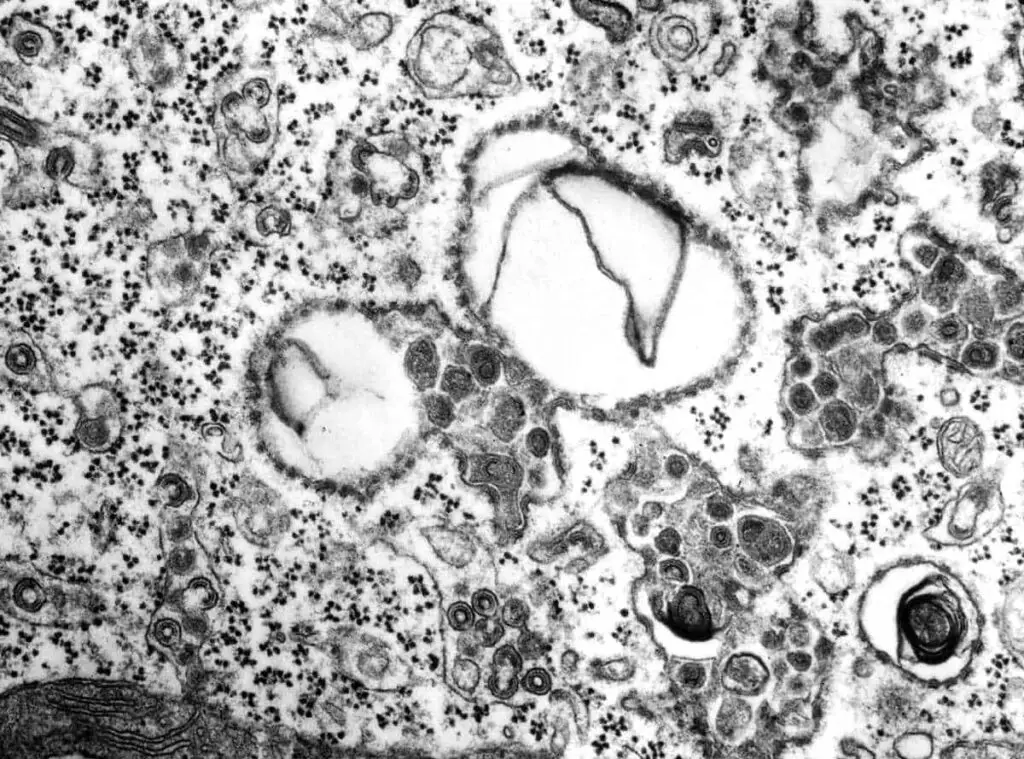
The reduction in viral load by air cleaning will take some time from switching the air purifier on, or from someone coughing virus into the air. The amount of virus in the air would be expected to decrease very significantly over 30 minutes, provided the airflow through the purifier is high enough for the room size. As virus particles can be introduced into the air by breathing the level of virus in the air will never be zero. However the plateau level will be very significantly lower than without an air purifier and may be very close to zero.
During the SARS epidemic, air purifiers were found to be helpful at reducing infection. Reducing viral load in the air will decrease both the chance of developing an infection and its severity.
One study during the COVID-19 pandemic investigated the detection of viral particles in the air on a ward, when HEPA air purifiers which included a UV light were used to filter the air. Measurements were taken over a three-week period, for the first week air purifiers were off, fhey was then switched on for a week and then for last week were switched off. In the week where the air purifier was on there was no detectable COVID 19 virus in the air, but there was virus in the air when the air purifiers were off.
It is thought the beneficial effect was due to the HEPA filter, the effect of UV light in an air purifier is of uncertain significance and especially in these air purifiers when the speed of airflow through the machine was very high.
Purifying the air reduces the chance and severity of infection through the reduction of viral load inhaled. Also the severity of infection can also be lessened by the air purifier reducing the number of particles of pollution in the air. Air pollution is present to a greater or lesser extent across all developed countries and is linked to many illnesses, including severe viral respiratory infections so the more advanced the filter the better.
Viruses are not the only microorganism that air purification with a filter will remove. Other airborne pathogens, such as airborne bacteria and fungal/mold spores will also be removed.
The other aspects of reducing risk of infection mentioned by the EPA are–
- Increase ventilation with outdoor air
- Improving natural ventilation
- Evaporative coolers
- Use HVAC system and consider upgrading filters

The Advantages of the Hyper-HEPA air filter
This is a filter developed and patented by iQair. It is specified to catch 99.5% of particles down to 0.003 um, there is no other corporation that has a filter for use in the home with a specification this demanding.
A true HEPA filter is are delicate and can be damaged-they need careful manufacturing, packing, and handling. So filters from an unknown manufacturer without adequate quality control could potentially have defects. These defects could then let the virus through so that the virus is not filtered out.
The other problem with some cheap air purifiers is that the seals in the purifier can leak and allow non-filtered air to pass around the side of the filter rather than go through the filter so that virus is not removed. The HealthPro Plus has a triple seal to make certain that there is no leak of air around the filter.
Each Healthpro Plus is individually tested and certified that is removing 99.97% of particles greater than 0.1um before leaving the factory. So, it means that there are no manufacturing defects which you would not be aware of. This individual machine certification is unusual and I certainly found it reassuring. These features make it a top contender as the best air purifier for viruses.
What About Other Makes of Medical Air Purifiers
Recently Coway has specified their filters down to 0.010 um and Oransi their EJ120 air purifier down to 0.020 um. It is possible that other Hepa H13 and Hepa H14 air filters would remove enough of these very small particles to be effective against viruses. However, none are specified down to such a small particle diameter as small as the smallest viruses, about 0.020 um in diameter.
Pollution in the Air Increases the Risk of Developing Respiratory Viral Illnesses
Air Pollution Increases the Likelihood of Infection
Air purifiers not only directly remove the virus from the air but also help by removing other particles which inflame the airways and make them easier for the virus to infect. The importance of the air purifier removing other particles is shown by two studies.
A Dutch study examined pollution data from 355 cities. It found that for every 20% rise in air pollution, COVID-19 cases increased by 100%. An Italian study found that in highly polluted parts of Italy the death rate from COVID-19 was increased threefold.
So, by removing particles other than viruses from the airways, the immune system should be more able to fight the virus. People breathing the cleaned air in the home should be less likely to develop an infection. Even if a virus is breathed in when outside the home.
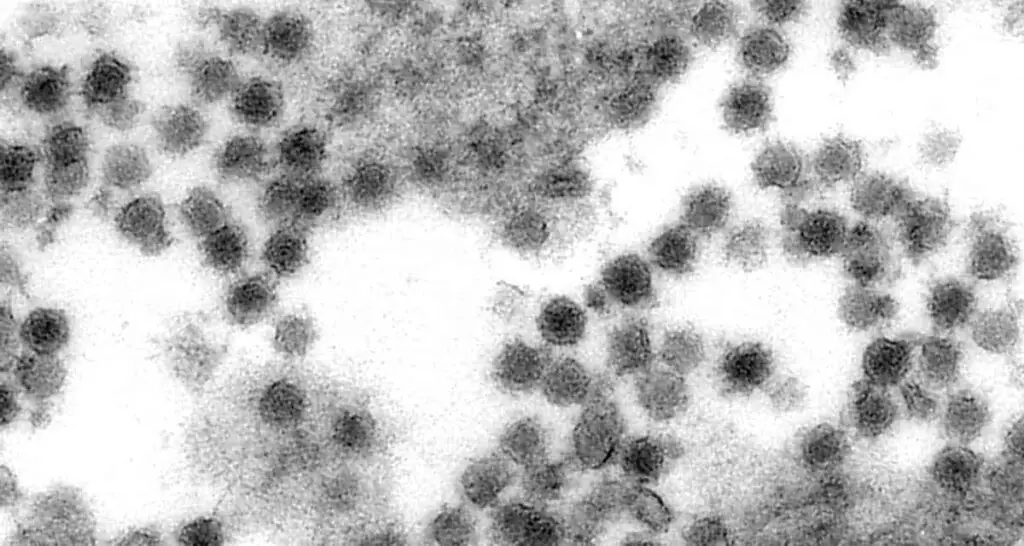
Air Pollution Can Increase the Severity and Mortality of Respiratory Viral Illnesses
Researches at the Harvard TH Chan school of public health investigated whether air pollution could increase the severity of COVID-19. They measured the PM2.5 in 3000 US counties and found that the severity and chance of dying from COVID increased with increasing air pollution. The increase was 8% for every 1 ug/m3 increase in average air pollution. So, if the average air pollution in your area were a relatively low 10ug/m3 (still a “safe” level) your risk of dying from COVID would be 90% higher than if the pM2.5 in the air was 1 with an air purifier.
Another study found that exposure to PM 2.5 from wildfires impairs the ability of the immune system to fight viruses. This was by stopping macrophages, which clear debris, from becoming activated. This effect lasts for up to a week after exposure to pollution.
A further study in 2014 found that in children having pollutant particles in the lungs –
- viruses reproduced and spread more quickly in the lungs
- white blood cells lost their ability to deal with the virus
- viral material was cleared more slowly from the lungs
So by removing pollution particles from the air the airways should be in better shape to fight any virus. This will then lead to milder disease. So any HEPA filtration with adequate air flow should help. It would, of course be even better to have one specified to remove virus as well as just airborne particles.

A UV Air Purifier is Not the Solution
UV light (Ultraviolet light) can destroy the DNA of micro-organisms such as viruses. However, this process needs enough energy so the virus would have to be near the UV C light for some time. This is not possible in an air purifier, as a large volume of air needs filtration at a high air flow. This means the virus passes by the UV light too quickly for it all to be inactivated. If the air purifier is run on its slowest setting to allow more time for the UV light to irradiate the virus particles the air filtration rate will be too low to effectively remove them.
Commercial air sanitizers are much more effective but need to be wall mounted and continuously irradiate the whole room with UV light. They are not suitable for homes.
An ozone generator is not the answer because ozone in concentrations high enough to destroy viruses would be damaging to human health. Ozone irritates the airways in the lungs and is responsible for some of the adverse health effects of smog.
A carbon filter removes chemicals such as volatile organic compounds and is not helpful for inactivating or filtering virus particles.
HVAC Filters are Also Not the Solution
HVAC Filters are present in HVAC system to protect the system from particles and keep it running. So they are designed to keep large particles out of the blower fan and heating and cooling coils. They are in general, not able to filter out very small particles. It is possible to modify your system to make an HVAC air filtration system by improving the filtering to better protect you and your family-see this article.
Conclusion-the best air purifier for viruses
The iQair Hyper-HEPA filters are specified to filter 99.5% of particles down to 3nm. Some Coway machines are specified to remove particles larger than 10nm and the Oransi EJ120 is specified to remove particles down to 20 nm in diameter. Viruses vary in size but can be as small as 20nm in diameter.
Other manufacturers do not currently (2021) specify the minimum size of particle that their air purifiers will remove. So we have no guarantee from other manufacturers that their purifiers will remove viruses. It may be that they do but we cannot be sure.
Therefore, the best choice of air purifier would seem to be an iQair or Coway air purifier-
| Air Purifier | Minimum Diameter of Particle Air Purifier Can Remove |
|---|---|
| iQair | 3 nm |
| Coway 300, 400 | 10 nm |
| Coway 1512HS | 10 nm |
| Oransi EJ 120 | 20 nm |
I would recommend the iQair as the best air purifier for viruses in a room of up to 262 sq ft, above this then the Coway 400S is best.
Related Posts
The 31 Health Problems From Airborne Particles and Chemicals
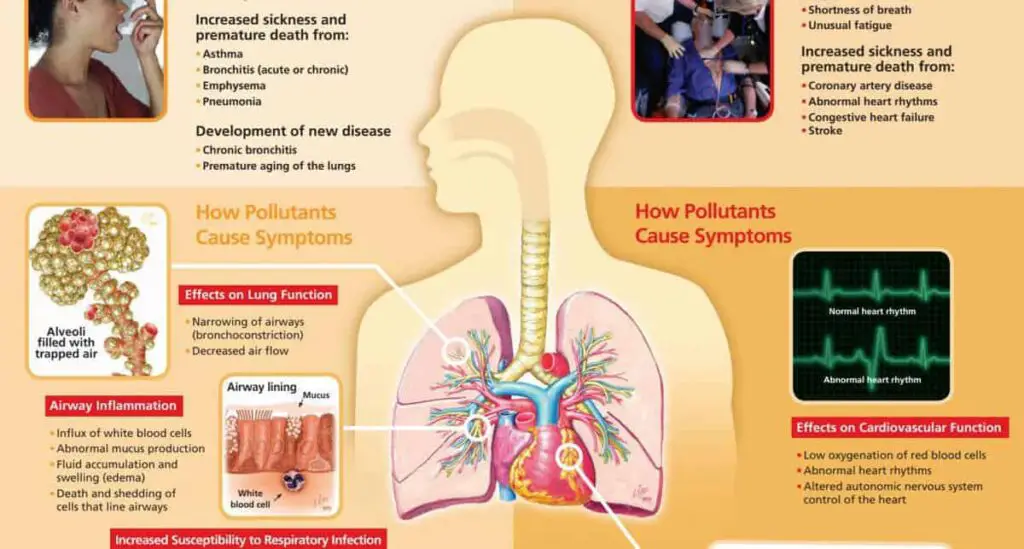
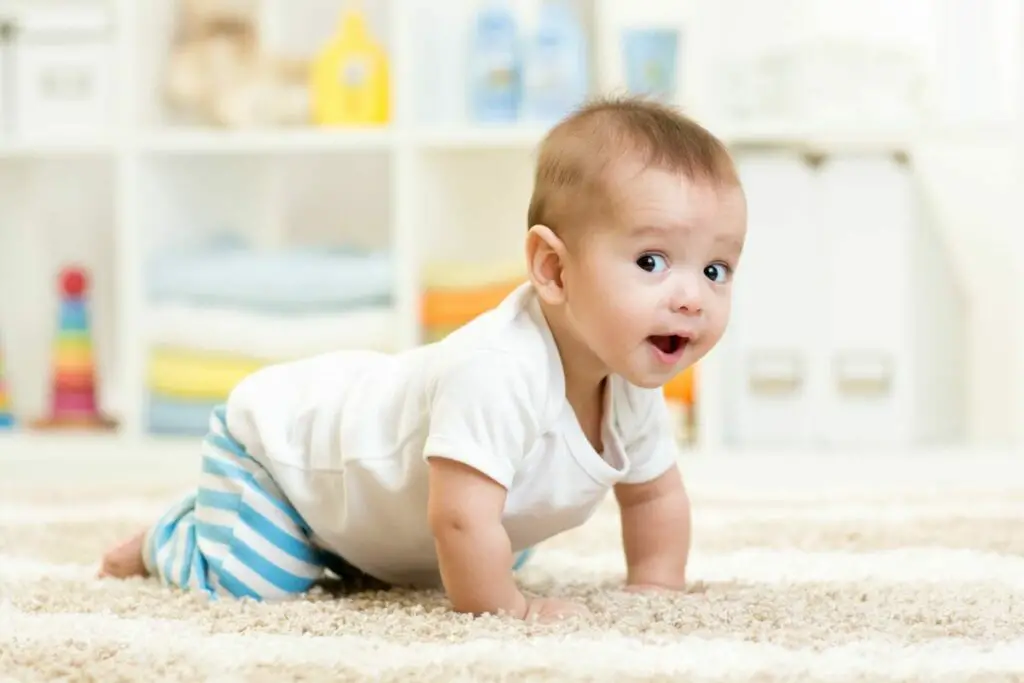
Best 4 Medical Grade Air Purifiers-For Asthma and Other Allergic Conditions
